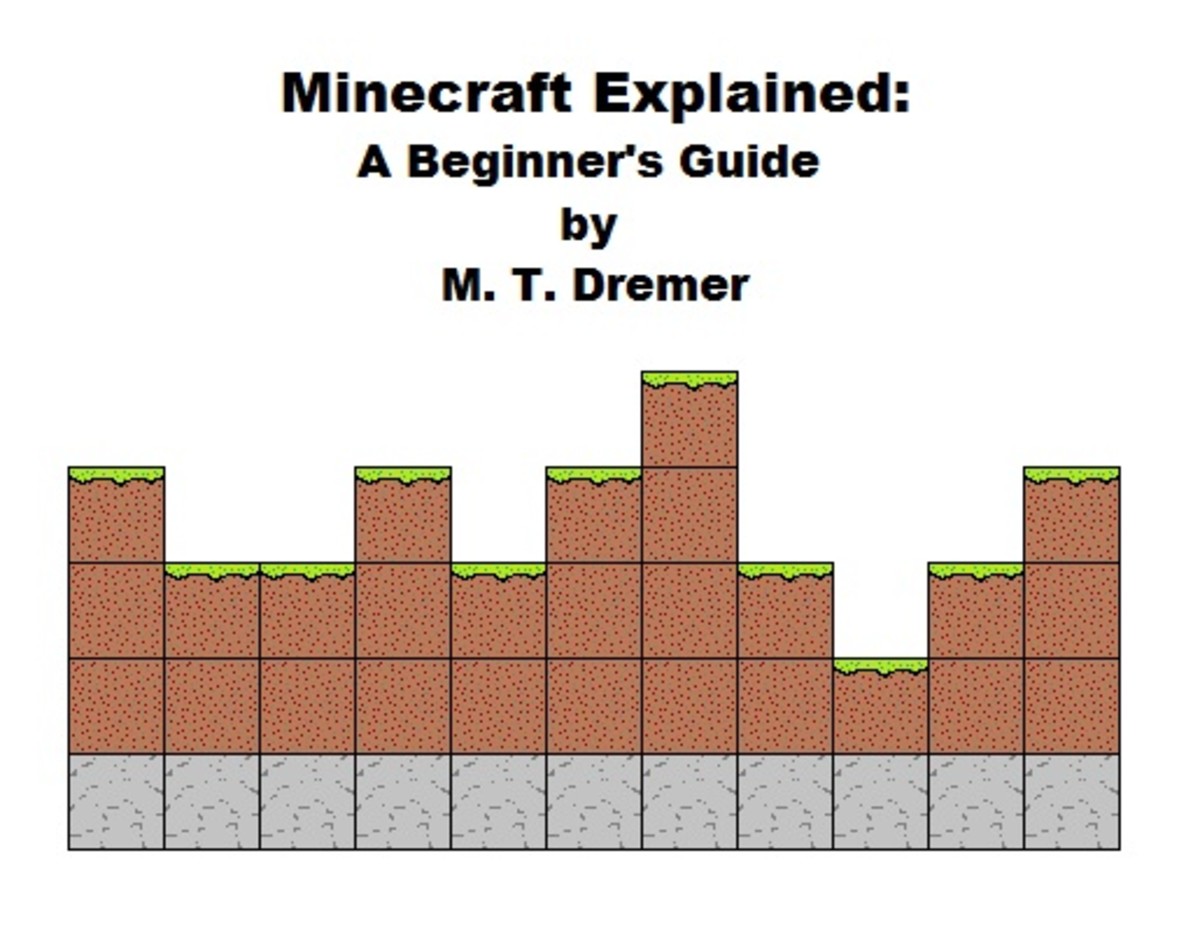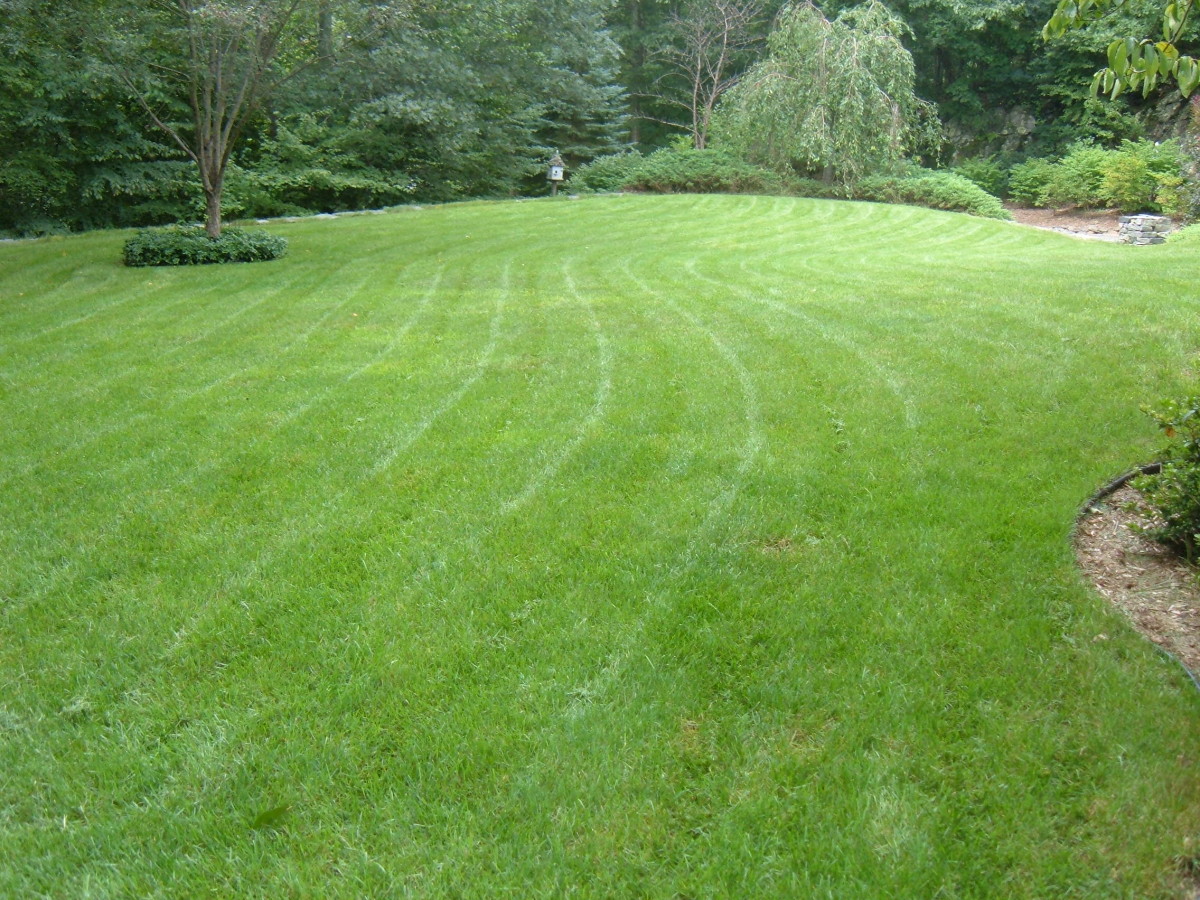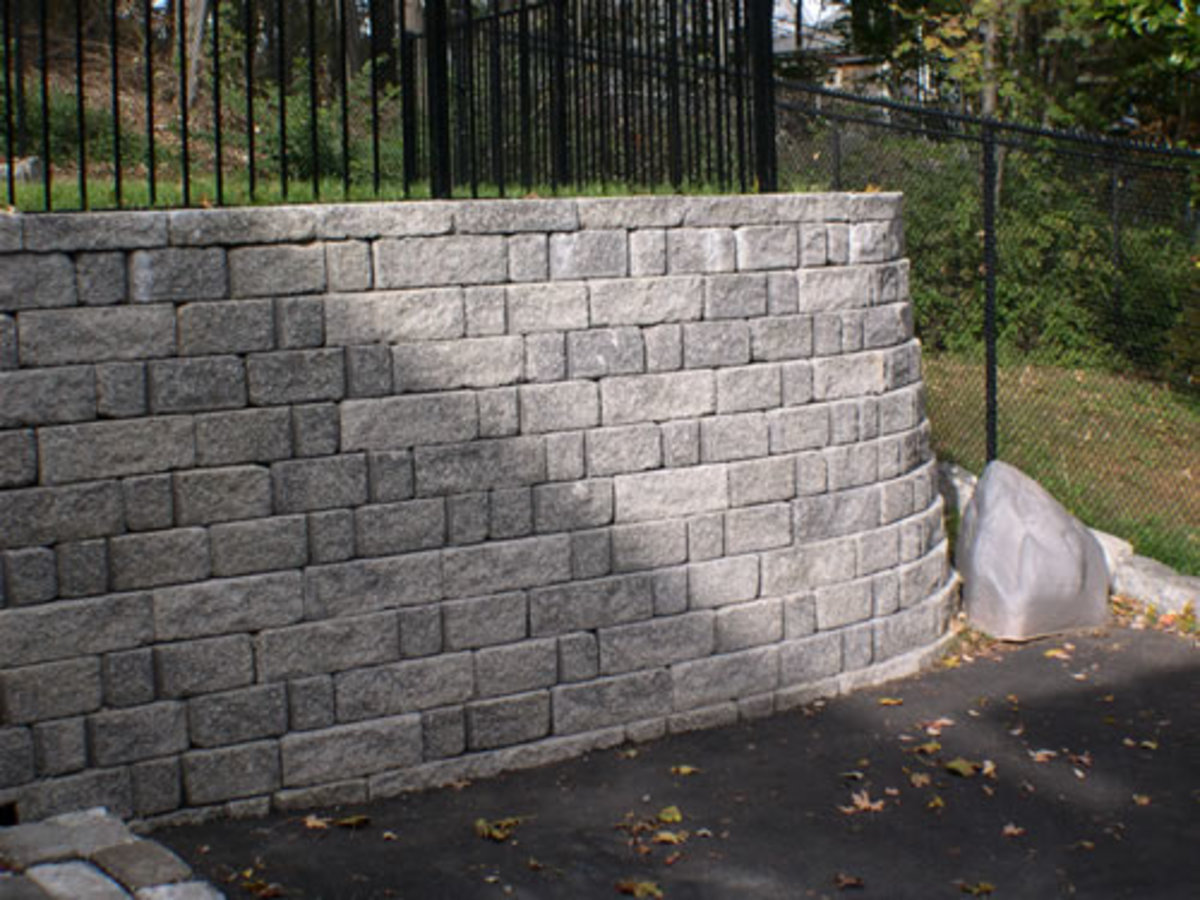- HubPages»
- Home and Garden»
- Gardening»
- Landscaping
Bricklaying needs to be competitive
Besser blocks for corner or wall 200 series
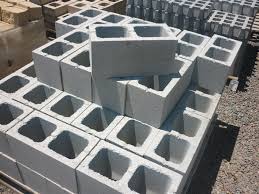
Building workers need to be competitive
Welcome to our article (42) bricklaying needs to be competitive
Building workers need to be competitive;
Today because of the way the economy has been set up, if you want to succeed you need to be competitive, therefore, we must try to do things better and faster than other people. Most people have this inborn need to excel in whatever they do; and those who don’t, will become losers. For these reasons, we must try harder to be successful in life.
This need applies also to the building industry, because the building industry needs to be competitive, to a higher degree than other industries, so, it is important that we can build better and cheaper houses, because that is the only way that the buyers can afford them, and when they are sold, the builders can build another one to sell again.
As we have said, we know that whatever work we do, we must do it well and quickly, so that we can beat our competitors. So, the trade people that work in buildings, they are looking for ways to improve their output; you see, a tradesman needs to perform well, if he is going to be employed from a builder or contractor, because he needs to earn his wage and a bit more for his employer. So, if you are a bricklayer you must be able of laying a certain number of bricks or blocks per day, before you can be employed gainfully, but this can vary greatly depending on the job that needs to be done.
Now, in our previous building articles we have talked about brickwork, we have started with, DIY brickwork, then we have written Building a brick base, and House brick base continues, so, we have talked how to lay bricks in these three articles; anyhow, these three articles were written to show people, how to lay bricks and how to go about building this brick base. We have also pointed out how to lay more bricks by using bricklayers’ profiles and other things, but the aim was mostly for people that were not tradesmen. But what we are going to write here is for more advanced, it is for tradesmen.
Bricklayers building a Besser block wall
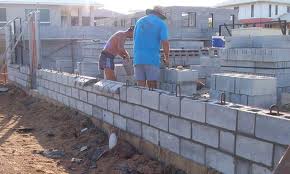
Written for the block layer tradesman
Now, we are writing it this sub-article for the block-layer tradesmen, because we want the block-layer tradesmen to challenge themselves, to see if what we are claiming here can be done more than just a few times; of course, to do that, we are going to show you how you can lay more Besser blocks in one day than you did before, but you need to follow some rules that we have found helpful ourselves. In this example we are going to make it easy and we are going to talk only about straight forward work, otherwise it is going to be very hard to achieve and also to explain or measure what we want to do.
You know, for the bricklayer to lay blocks is even harder than laying bricks, because the blocks are heavy, each block needs to be lifted with both hands and carefully placed softly on the mortar bed that the block layer has laid, so, it is hard to lay many blocks in one day, but there are ways to make it a bit easier and a block layer could lay up to 250 in one day, when the job is easy enough to do; so, let us see how that can be achieved.
Now it is necessary to explain to the public, what happens in the building industry and how many bricks or blocks a tradesman is supposed to lay in one day. In the building industry the best tradesman will exaggerate a bit their capacity of laying so many bricks or blocks per day, so, we go around boasting that we are able to lay 1000 common bricks, or over 500 face bricks, or 200 eight inches Besser blocks in a single day.
Here we need to say that perhaps we have done it once or twice ourselves, and we want to boast about it, as if we can do it every day; but really that is hard to achieve, anyhow, if you have been able of laying down that many bricks or block even one time in your life, you are a good tradesman. But the reality is that on average, when we work on houses or small building at the end of a job the figure can be half of what we are boasting about. Now that we have explained that let us see how we can do better.
--------------------------------
How you can lay 250 Besser blocks in one day
Now, let us explain how a block-layer can lay up to 250 eight inches blocks in one day. For a block layer to be able of laying 250 blocks in one day, everything and every movement should be planed, so that there is no waste of time and energies. So, how we can achieve that, is explained here under.
Now, to lay 250 Besser blocks in one day, it must be a straight forward job, let us say the walls are long and you are on a level platform, let us assume that we are working on a concrete slab, so, the place is level and there is plenty of room to move around, the walls have been marked where they should be, so, all you have to do is to lay these eight inches’ blocks. Now to do this job efficiently it required teamwork, so, if you are the block layer, you need to instruct your labour how you want to set up your mortar board and the blocks that you must lay.
Ideally you want the mortar boards to be set off the ground, so, the labour should put a couple of blocks on the slab and set the mortar board on them, they need to be set at least two feet from the wall and about 6 to 8 feet apart, you see here you want to give more room to the labour for the blocks; then instruct you labour that when he brings the blocks he should set the blocks between the mortar boards standing up, so that you don’t have to handle the blocks many times; this is how the labour should set everything up. Now let us talk about how you proceed to lay those 250 blocks, in one day.
--------------------------------
Some bricklayer tools required
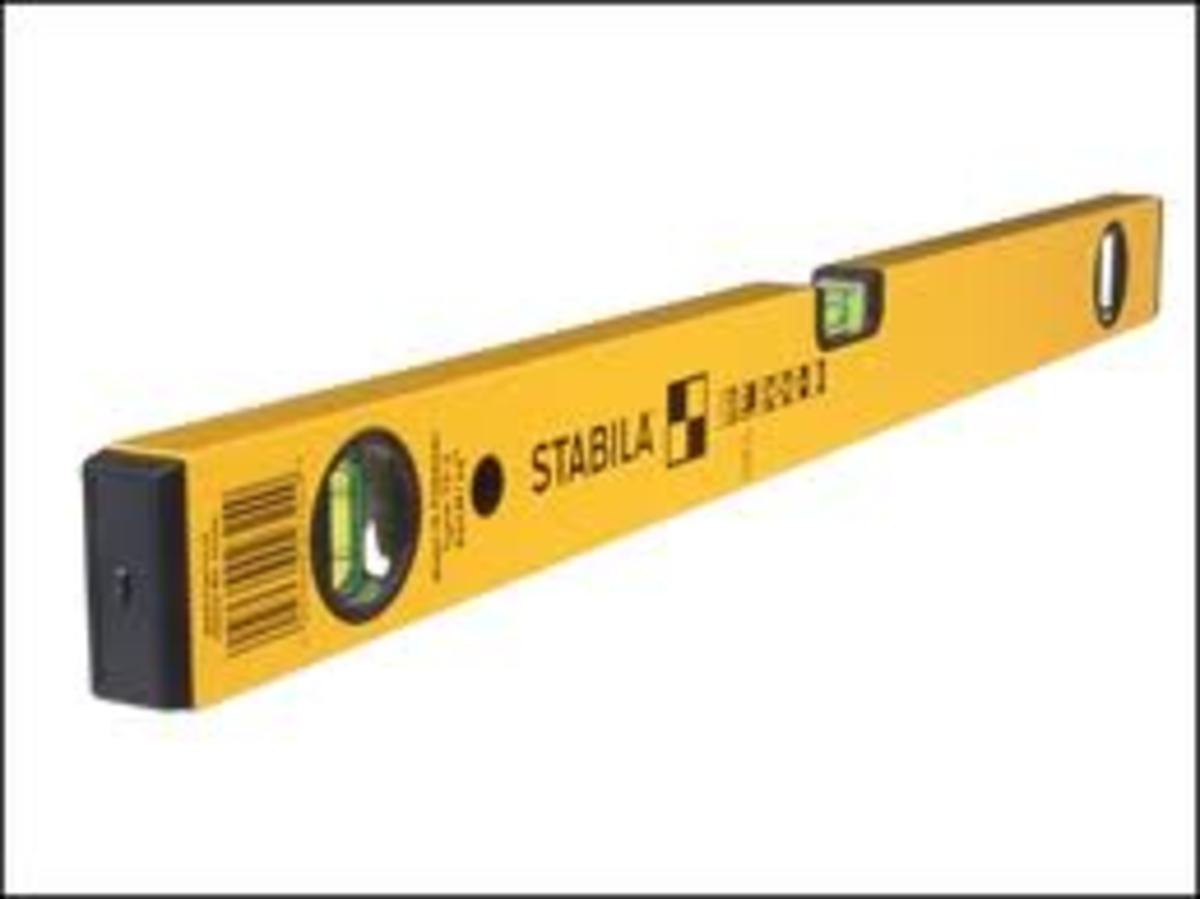


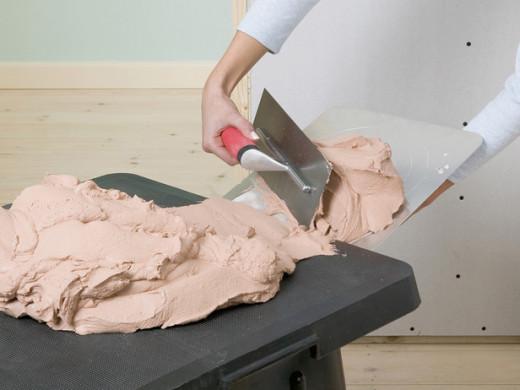
Describing the block-layer procedure
The block layer first of all lays one block in each corner; and then he stretches his bricklayer line between these two blocks and lays the first course of blocks as usual making sure that all blocks are straight and have an even vertical joint, if everything is done the correct way, because the blocks have been made to cover 400 mm each in the wall, but their true length is 390 mm, if you measure the wall it should be an even number divisible by 100 mm and minus 10 mm. So if a wall is 10 metre long and you follow this rule strictly, you will end up with a wall 9.990 meters long, of course this could easily be adjusted from the block layer by making a few joints bigger or smaller as required.
The reason why, we have written about these lengths above, is that we want to point out to people that want to lay blocks themselves, how to work with blocks, so, let us explain it in another way: when we work with blocks it is a lot easier for us to follow the gauge, because they have been made to cover an even number when laid, so, a 200 series block is 390 mm long 190 mm wide and 190 mm high, but when laid in the wall because we have to add the mortar joint it covers 400 mm in length and 200 mm high, so, this is the gauge that needs to be kept, of course sometimes the length in the building do not work with the length of the blocks and this may cause a few problems; but whatever problems there are, it is advisable that you don’t try too hard to adjust it by making the joints too big or too small; you can try to make the bed and vertical joint smaller if possible and it is still going to be a good job done, but if you try to make them bigger it becomes unsightly.
Anyhow, now we need to write how a tradesman block layer can lay 250 blocks in one day, in order to lay that many blocks he must set everything the right way from the start, so, let us describe how that can be achieved. We have mentioned above a wall ten meters long, but it can be any length, but not short, and you can use the following method. After laying the first course of blocks you build the two corners, say four blocks high and you set your bricklayer line on these corners. Now make sure that your labour has brought the blocks and placed them between the mortar boards standing up us we have described above, this will save you the bricklayer to lift the blocks in that position before you place the mortar on them for the vertical joints.
Okay, everything is ready to go, tell the labour that he can wet the boards and fill them with fresh mortar; now pick up a plaster hawk and your bricklayer trowel, fill up the hawk from the mortar board and start laying the mortar on the block ribs on both sides, you see the blocks ribs are narrow and you cannot use a full trowel of mortar straight from the board, well you can but it is going to be hard to drop the right amount of mortar on the ribs, so, by using the hawk you can pick up a small amount of mortar from it and place is straight on the block ribs, by doing this you will be able to lay your mortar bed a lot faster without bending to many times, so, you can save time and energy, it is up to you if you lay the mortar bed for the entire course, or only part of it, it may depend on the length of the wall and other factor, and a good bricklayer knows what to do just by observing a few things; now that you have laid the mortar bed place some mortar for the vertical joint on the blocks that are already standing up, then leave your hawk and trowel on the mortar board; you see you have to leave these tools there because you need both hands free to lift up the blocks, here you have a choice, you can lift just one block carefully lay it on the mortar without squashing it and tap it into position with your trowel and when necessary even a hammer, now you can lift one block at a time and tap it into position, or a few blocks and then tap them into position, it is up to you whichever way you prefer.
Anyhow, what we have written above is how you can lay more blocks with less effort, in a day, it is worth to try, as we have tried it and it works. I hope that I have been able to explain this procedure clear enough for our readers, or any tradesman to follow.
That is all in this article. See you in our next article, D.I.Y. house repairs.
---------------------------------------
Links
- DIY brickwork
Thinking of laying bricks yourself, then read this hub it could help. DIY brickwork; Getting ready to lay bricks; making sure that we start the brickwork level, and Laying bricks on a sloping site. - DIY Retaining walls
We are going to show you several types of retaining walls and how to build them, some of them briefly and other step by step, so that you could be able to do it yourself, if you like. - Building a brick base
Building with bricks, let me show you how we bricklayers set up a brick base from scratch. Setting a brick base on a sloping site is not easy, so let me show you how it is done step by step. - House brick base continues
DIY brickwork, will show you how a brick base is built step by step by professional bricklayers, in the hope that this article may help some one that is interested in doing some brickwork themselves. - Menfranco general blog
Personal general blog including building works


